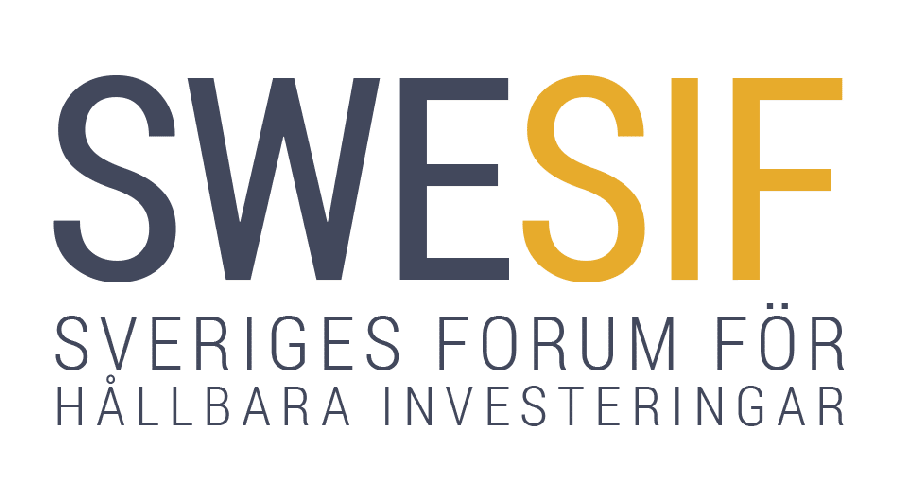The investment industry has been focused on carbon reduction targets since the Paris Climate agreement was adopted in 2016. However, there is a dawning realisation that these climate targets simply cannot be met without addressing the ongoing biodiversity crisis. Natural environments are the most powerful global carbon sink and provide protection against the worst effects of global warming. Threatened ecosystem services also underpin roughly half of the world’s GDP, representing enormous risk to portfolio companies. Last year’s biodiversity-focused COP15 culminated in the Kunming-Montréal Global Biodiversity Framework, a global agreement on nature that sets in motion a wide range of measures that will directly affect institutional investors in the form of new reporting obligations, new risks to monitor and manage, as well as potential investment opportunities in nature-based-solutions.
Given biodiversity’s fundamental link to the climate crisis, governments and regulators are scrambling to catch up. This means asset owners and managers must get ready to respond and adapt to these new risk factors, exposures, and opportunities. The big question is how and where to start? To answer this question, Swesif has the pleasure of inviting you to a webinar that will aim to put investors on the right track to navigate this new arena. With the help of three experts in the field, we will explore the following themes:
What types of biodiversity and nature-related risks and exposures are typically found in institutional portfolios?
What are the best tools and metrics currently available to measure a biodiversity “footprint” and map these new exposures?
Nature-based engagement: how to obtain the right data from investee companies and begin tracking progress.
A discussion on the advantages of pre-empting new biodiversity guidelines and regulations, as well as exploring potential investment opportunities in nature-based solutions.

